In object-oriented programming languages with multiple inheritance and knowledge organization, the diamond problem is an ambiguity that arises when two classes B and C inherit from A, and class D inherits from both B and C.
The diamond problem is an ambiguity that arises when two classes B and C inherit from A, and class D inherits from both B and C.

Example In C++:
/*
The Animal class below corresponds to class
A in our graphic above
*/
class Animal { /* ... */ }; // base class
{
int weight;
public:
int getWeight() { return weight;};
};
class Tiger : public Animal { /* ... */ };
class Lion : public Animal { /* ... */ }
class Liger : public Tiger, public Lion { /* ... */ };
int main( )
{
Liger lg ;
/*COMPILE ERROR, the code below will not get past
any C++ compiler */
int weight = lg.getWeight();
}